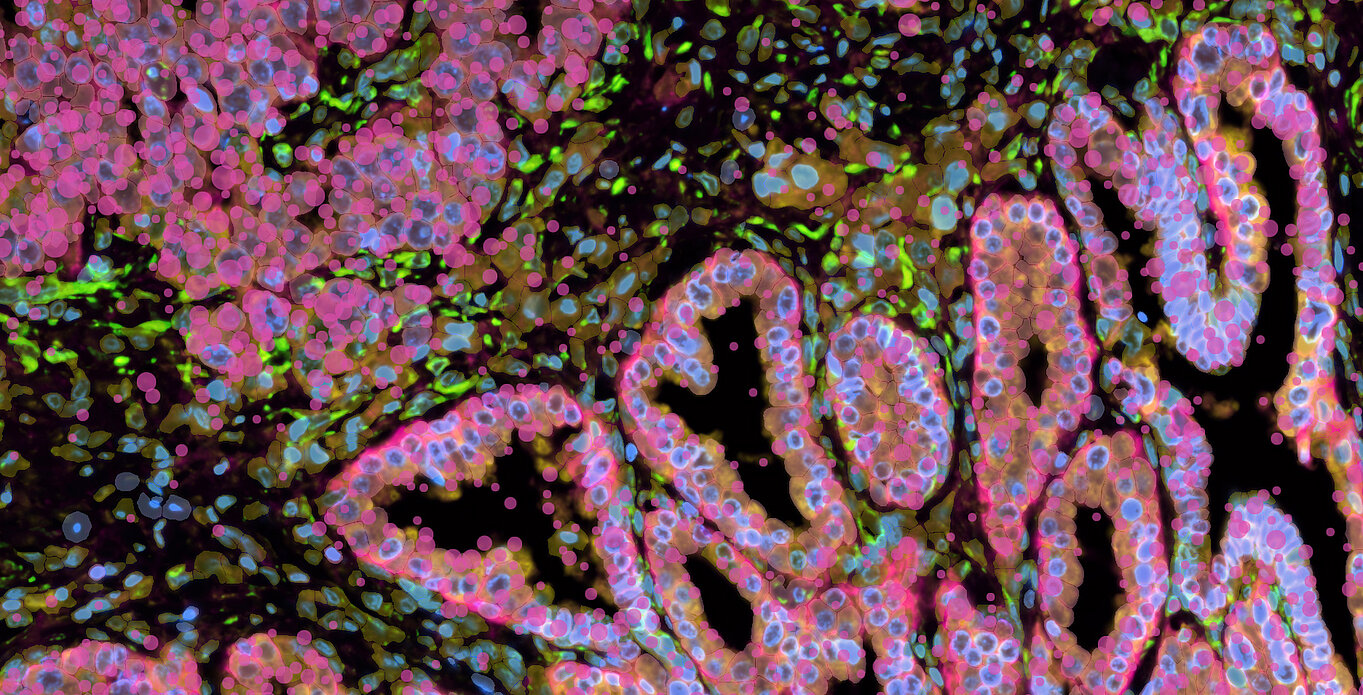Pathophysiological role of nuclear receptor signalling
Team Leader : Daniel METZGER
Department : Functional genomics and cancer

The active form of the hormone vitamin D controls calcium and phosphate levels in the body. In addition, it contributes to the regulation of the inflammation and cell proliferation, conferring a protective, even therapeutic, role in various cancers and autoimmune diseases.
To date, the mechanisms underlying the activities of vitamin D have not been elucidated. This lack of understanding limits its clinical use, since the doses required for the treatment of cancers or autoimmune diseases induce hypercalcemia; resulting in calcification of the kidneys, heart and vessels, leading to dysfunction of these organs.
Our group is interested in understanding how vitamin D controls calcium homeostasis and tumor progression. We focus on rare diseases characterized by impaired vitamin D signaling, and on prostate cancer.
We use patient cells and mouse models recapitulating human pathologies, and leverage single-cell and spatial transcriptomic analyses coupled with functional validations.
We also collaborate with chemists to characterise new vitamin D analogues with potent therapeutic activities for many diseases that are refractory to current treatments.
![[Translate to English:] [Translate to English:]](/fileadmin/_processed_/c/d/csm_metzger2_82279dab4c.jpg)
On April 3, the research teams led by Drs Daniel Metzger and Gilles Laverny received a cheque for €10,000 to further their work on prostate cancer.
Read more

Gilles Laverny
Individual fellowship - Inserm (2021)
Poster prize - Fondation Maladies Rares (2019)
Trainee Award - Vitamin D workshop (2015)
Daniela Rovito
Young researcher award - OSCAR (2021)
Kateryna Len-Tayon
Thesis award - University of Strasbourg (2025)
Trainee Award - Vitamin D workshop (2024)
Jury award - Fondation ARC (2024)
Poster prize - Association pour la Recherche sur les Tumeurs Prostatiques (2021)
PhD fellowship - Ministère de l'Education Nationale, de l'Enseignement supérieur et de la Recherche (2020)
Noe Pierrat
Trainee Award - Vitamin D workshop (2025)
PhD fellowship - Fondation pour la Recherche Médicale (2023)
Vanessa Friedrich
PhD fellowship Inserm/Pfizer (2024)
Article in a journal
Annals of the Rheumatic Diseases
Article in a journal
OncoImmunology ; Volume: 14 ; Page: 2562220
Article in a journal
Médecine/Sciences ; Volume: 41 ; Page: 154-159
Article in a journal
Cell Death and Disease ; Volume: 16 ; Page: 46
Article in a journal
British Journal of Pharmacology ; Page: Online ahead of print
Article in a journal » Data paper
Nature Communications ; Volume: 15 ; Page: 3563
Article in a journal
International Journal of Molecular Sciences ; Volume: 25
Article in a journal
Rheumatology
Article in a journal
Biomolecules ; Volume: 14 ; Page: 551
Article in a journal
International Journal of Molecular Sciences ; Volume: 24 ; Page: 5325
Team Leader : Daniel METZGER
Department : Functional genomics and cancer